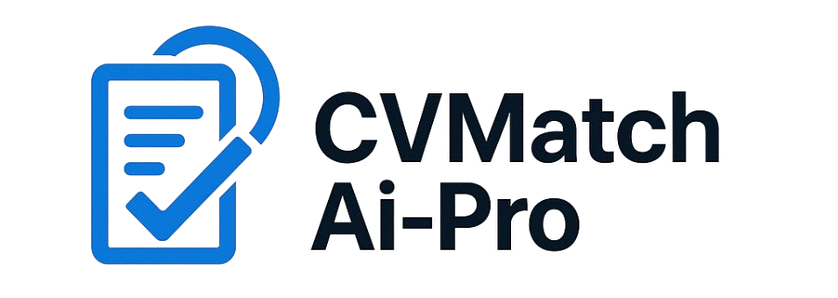How to Optimize Your Talent Pipeline with Predictive Analysis
Building and maintaining a strong talent pipeline is essential for organizational growth and resilience. However, traditional approaches to pipeline management often rely on intuition rather than data. Predictive analysis changes the game by offering actionable insights that enable recruiters to plan proactively, minimize risks, and secure top talent before competitors do. Let’s explore how predictive analysis can optimize your talent pipeline and future-proof your hiring strategy.
The Challenges of Traditional Talent Pipeline Management
Many organizations struggle to build robust pipelines because they react to hiring needs rather than anticipating them. This reactive approach leads to missed opportunities, prolonged vacancies, and higher recruitment costs.
Reactive Hiring Practices
- Recruiters often scramble to fill roles only after vacancies arise, leading to rushed decisions and suboptimal hires.
- Short-term focus on immediate needs prevents the development of a sustainable talent strategy.
- Frequent reactive hiring strains HR resources and creates inconsistent candidate experiences.
Limited Visibility into Future Needs
- Without predictive insights, organizations struggle to forecast which skills will be needed in six months or a year.
- Leadership changes, market shifts, and technological advancements often catch companies off-guard.
- Lack of foresight weakens workforce planning and undermines long-term organizational resilience.
How Predictive Analysis Transforms Talent Pipeline Management
Predictive analysis leverages historical data, AI, and machine learning to forecast talent needs, candidate behavior, and hiring outcomes. It enables recruiters to move from reactive to proactive strategies that align with business growth goals.
Forecasting Future Skill Needs
- Predictive models analyze industry trends, company growth plans, and workforce demographics to anticipate future skill gaps.
- Recruiters can proactively build pipelines of candidates with emerging skill sets before the need becomes urgent.
- Strategic workforce planning ensures organizations are always ready to meet evolving talent demands.
Identifying High-Potential Candidates
- Predictive analysis scores candidates not just on current fit but on future potential, based on career trajectories and learning agility.
- Recruiters can prioritize nurturing relationships with candidates likely to grow into key roles.
- Long-term pipeline building reduces dependency on external hiring and promotes internal mobility.
Optimizing Engagement Strategies
- Data insights reveal when and how to engage passive candidates most effectively based on historical behaviors and preferences.
- Personalized outreach campaigns increase candidate responsiveness and relationship strength over time.
- Better engagement translates into higher offer acceptance rates and stronger talent communities.
Key Benefits of Using Predictive Analysis for Talent Pipelines
Organizations that leverage predictive analytics in recruitment enjoy faster, smarter, and more resilient hiring outcomes that drive sustained business success.
Reduced Time-to-Fill
- Proactive identification of candidates shortens the time needed to fill open roles, minimizing disruptions to business operations.
- Faster hiring improves candidate experience and reduces the risk of losing top talent to competitors.
- Efficient pipelines ensure seamless scaling during periods of growth or transformation.
Higher Quality Hires
- Predictive insights help recruiters focus on candidates with the right skills, potential, and cultural fit for the organization.
- Better matching leads to improved job performance, retention rates, and team cohesion.
- Quality-focused pipelines drive stronger long-term business outcomes.
Strategic Workforce Planning
- Data-driven talent forecasting supports proactive succession planning and leadership development initiatives.
- HR and business leaders gain visibility into future talent risks and opportunities.
- Predictive analysis transforms recruiting into a strategic function aligned with business goals.
Best Practices for Implementing Predictive Analysis in Talent Pipelines
Success with predictive analytics requires thoughtful planning, quality data, and a commitment to integrating insights into everyday recruiting workflows.
Invest in Quality Data and Tools
- Accurate, comprehensive data is the foundation of effective predictive models.
- Choose AI platforms that specialize in recruitment analytics and offer transparency into their algorithms.
- Integrate predictive tools seamlessly with existing Applicant Tracking Systems (ATS) and CRM platforms.
Train Recruiters to Interpret and Act on Insights
- Equip recruiters with the skills to understand predictive outputs and translate them into actionable pipeline strategies.
- Encourage continuous learning to adapt to evolving analytics capabilities and industry trends.
- Empower recruiters to blend data insights with human judgment for holistic decision-making.
Conclusion
Predictive analysis is transforming talent pipeline management from reactive to strategic. By anticipating future needs, identifying high-potential candidates, and optimizing engagement, recruiters can build resilient pipelines that support sustainable business growth. In an era of uncertainty and rapid change, predictive recruiting isn’t just an advantage—it’s a necessity for organizations that want to thrive.
